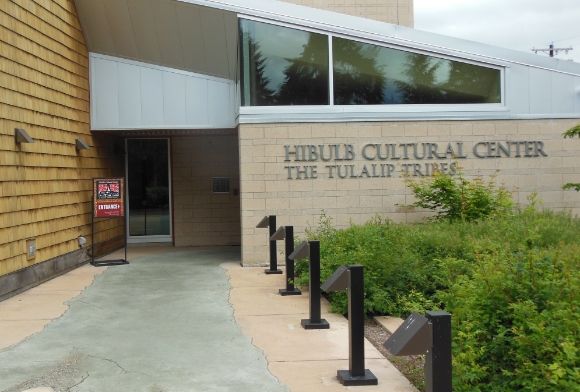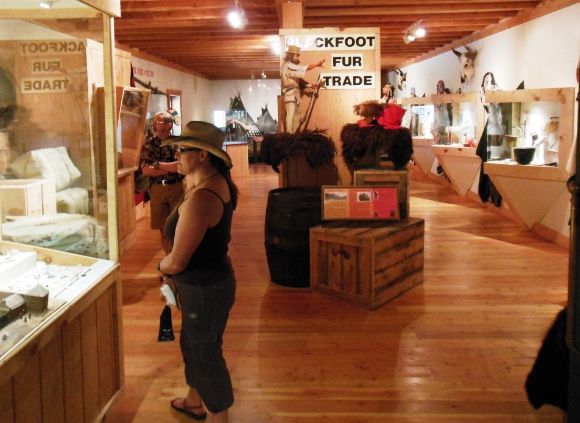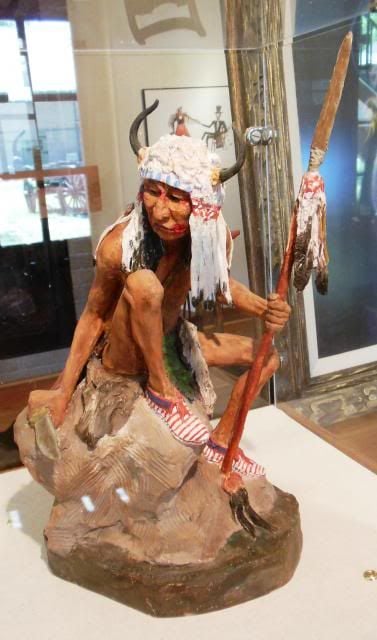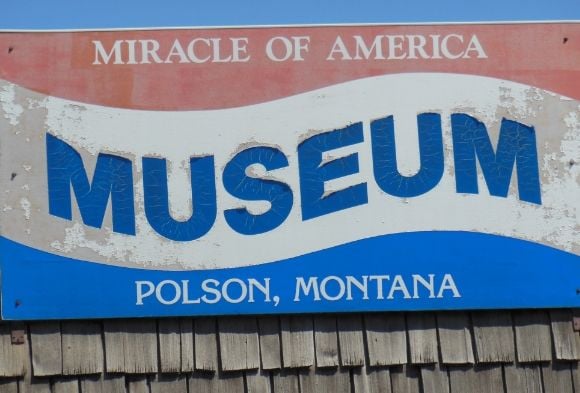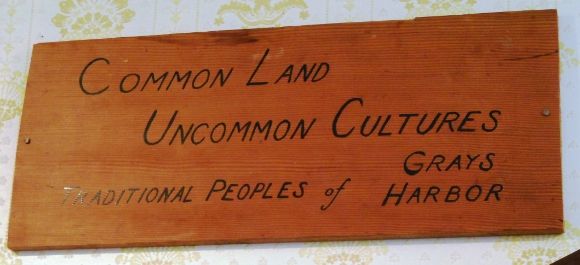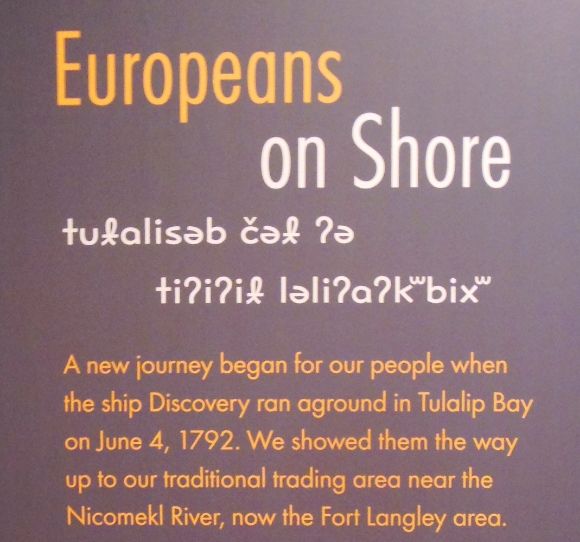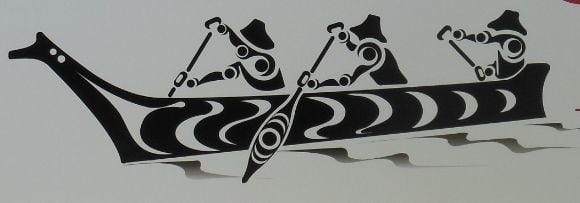Hibulb Cultural Center (Photo Diary)
The Treaty of Point Elliot was signed near present-day Everett in Western Washington in 1855. Eighty-two chiefs attend the treaty conference. Fifteen tribes sign over to the United States 10,000 square miles of their ancestral lands. Each of the tribes is to receive $150,000 in annuities to be delivered over a twenty year period. The … Continued
